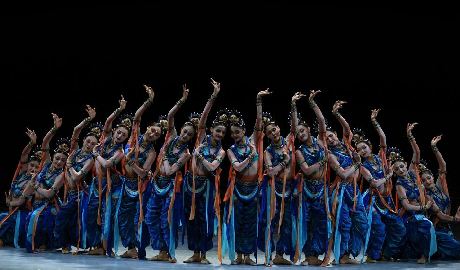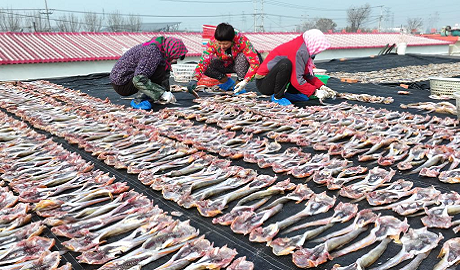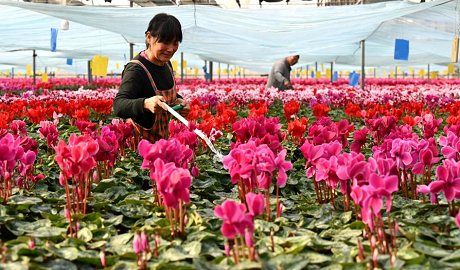


Professor Andrew Thompson
Pandemic diseases are inherently global, and Covid-19 is above all a global crisis demanding global thinking. While Covid-19 is somewhere in the world, it remains a threat to us all.
Around the world the pandemic has also triggered a wave of social experiments with new ways of living and working on a vast scale. What is the future of money when over recent months we have moved to a largely cashless economy? What is the future of the office when so many of us have been working remotely from home? What is the future of the high street or shopping mall when consumption has suddenly shifted on-line?
Government spending as a consequence of Covid-19 is higher than during the Global Financial Crisis. Solving a health problem has created an economic problem the likes of which the majority of us have never experienced before. The IMF and OECD have even compared the impending contraction or recession with the Great Depression of 1929-31 or the Great Frost of 1706. The WTO says Covid-19 will depress world trade by up to one third in 2020.
As countries open up at different speeds, how is the pandemic set to redefine the global economy? Digital-savvy firms have so far emerged as the winners. iQIYI has seen a 23% increase in the number of its subscribers compared with the same period last year. Will new technology be the thing that gets us back on our feet in a post-Coronavirus world? If so, which are the right technologies to invest in for economic recovery and for societal resilience against future shocks?
If there is a sector of our economies that has brought into sharp relief the contours of what the “new normal” after the pandemic may look like it is the cultural and creative industries.
On the one hand, Covid-19 represents an unprecedented blow to our culture. A few months ago the doors closed on theatres, galleries, museums, libraries and concert halls. They’re not expected to re-open until the end of the year, perhaps later. On the other hand, we have witnessed an unprecedented expansion of livestreaming, digital offerings and on-line content from many of the world’s leading cultural institutions. We can now see at the click of a button the many treasures they have to offer. Meanwhile computer games, subscription video on demand, and digital and recorded music have seen positive revenue and audience growth. During a period of enforced isolation players have sought refuge in the building of on-line friendships provided by computer games. In China, the mobile game “Combat of Hero”, produced by ByteDance, became the most downloaded free iOS title in Japan for 4 consecutive days during March.
At first sight it may seem the world was actively conspiring for us to be at home over the last twenty years – letters replaced by email, visits to the shop by on-line ordering, a night at a concert by the streaming of music via our smartphones. But not all forms of culture have been able to migrate to technology-enabled platforms. The digital domain may extend cultural experiences in all sorts of ways, but it isn’t a substitute for live performance.
And herein lies the problem: many of our cultural institutions expect to be among the last to safely re-open their doors on the long journey out of lockdown. What will happen to the up and coming generation of actors, artists, musicians, and writers who are waiting to play and perform, to exhibit and tour, and to engage again with live audiences? Government rescue packages may provide a bridge beyond lockdown to dry land on the other side. State stimulus alone is unlikely, however, to provide the whole answer.
Governments will have to hit the reset button in other ways. Publicly-funded R&D is widely recognised to have a key role to play in bringing economies out of hibernation. Investing in research is already driving forward innovation in new digital technologies and the cultural content upon which those technologies depend. Emerging from this crisis there will be a ladder of learning as regards what has and hasn’t worked culturally in the digital sphere and why.
All of the countries opening back up are engaged in vast and dangerous experiments. How different will the economy that returns be to the one that just closed? There is rightly much talk of the green economy reducing environmental risks. As the Nobel prize winner, Paul Krugman, has recently reminded us, the economy’s purpose is not simply to generate incomes but to improve the quality of life. In the post-pandemic recovery, prioritising the cultural sector and the creative industries is a matter of lives as well as livelihoods. During this crisis we have fallen back on culture for comfort and consolation, to help us see beyond the times in which we live, and to keep alive the values that make us human. If tough policy and spending choices are now to be made, we would do well to keep those things firmly in mind.

Artists of China National Opera House perform in dance drama "Qiuci" in Beijing


Fishermen dry seafood to supply market in Tangshan City, N China

In pics: flower plants of various kinds bloom at flower base in Hebei

Rongshui County strengthens ethnic culture with cultural resources in S China's Guangxi
点击右上角![]() 微信好友
微信好友
 朋友圈
朋友圈

请使用浏览器分享功能进行分享
